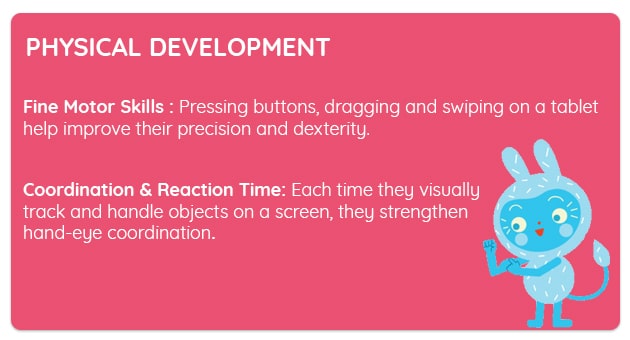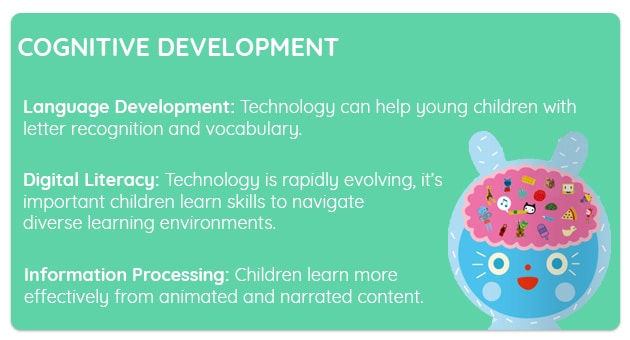Order by 17th December for guaranteed pre-Christmas delivery!
Search
Close search

In today's early years learning landscape children have access to devices and content to enable multi-sensory exploration through digital play. Digital play need not be passive - it can be active, creative and collaborative. When the content, device and interactivity are purposefully designed well for their age group, digital play can support physical, cognitive and social-emotional development.
It's crucial that creators take into account the developmental needs of their audience to ensure their learning resources are effective, engaging and age-appropriate. Educational materials that are too advanced or too simplistic can be frustrating and disengaging for children. Similarly, technology that is not appropriate for a child's developmental stage can be overwhelming if too difficult and tedious if too easy.
Some of the benefits of including digital play in EYFS are:



Technology has revolutionised the learning landscape and will continue to do so in the future with AR (augmented reality), VR (virtual reality), biometrics and AI (artificial intelligence). While there are many benefits to including digital play in early years learning, it's important to not let it become a replacement for face-to-face interactions and hands-on learning experiences. Children benefit most from a balanced learning framework using digital play and traditional learning methods.
At Okido, the make/do, smell, touch, and see activities in our magazine are very important and we see digital content as part of that same discovery journey. By using Okido magazine, the World of OKIDO app and the Messy goes to OKIDO tv show* we enrich the Okido learning framework. Using physical and digital play designed specifically for 3-7-year-olds allows us to transform learning into a multisensorial and interactive experience for early years development.
*All 3 seasons of Messy goes to OKIDO are available on BBC iPlayer.